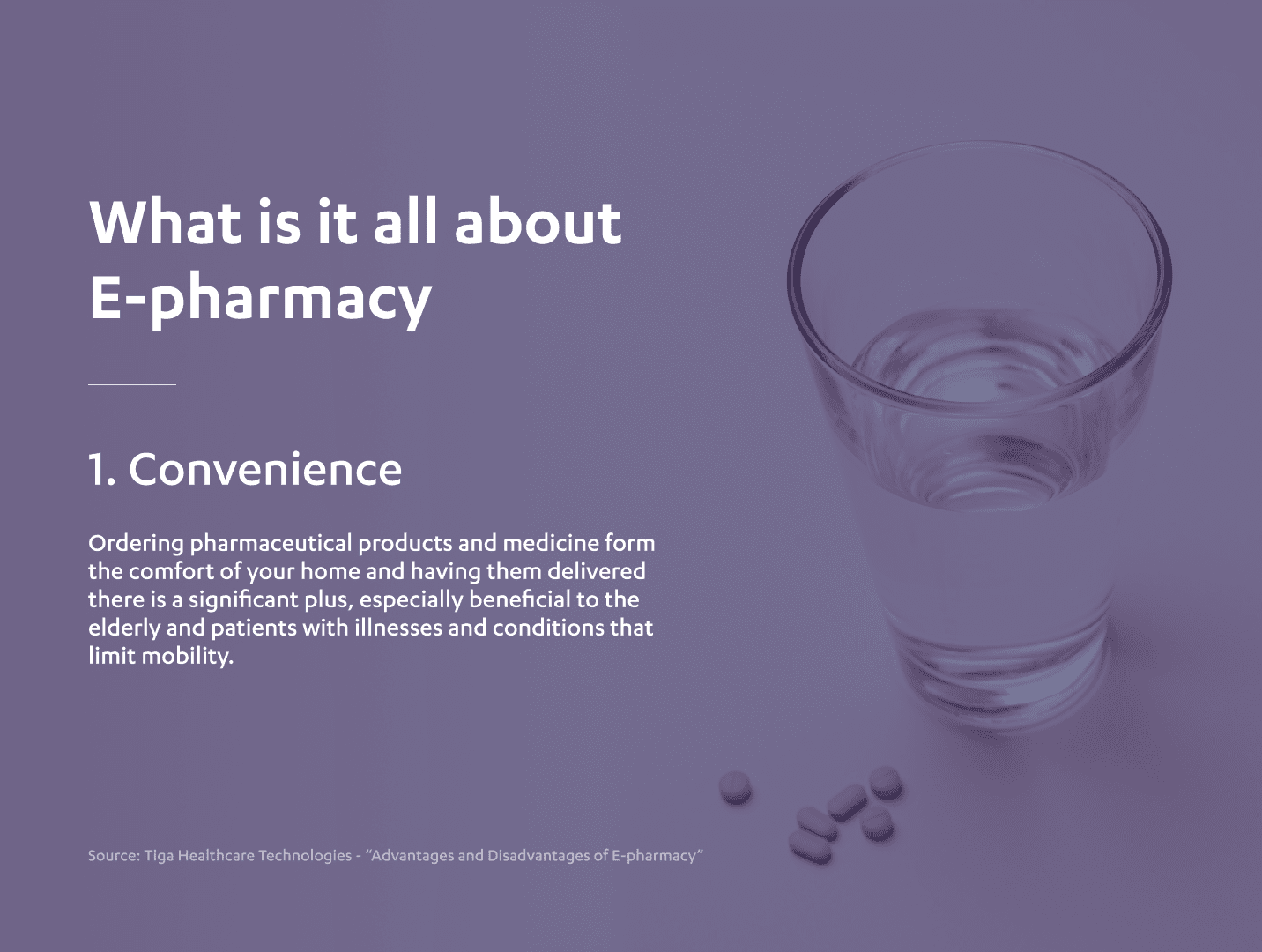E-Pharmacy Tips for Healthcare Providers
A user-friendly platform is key: a customer needs to be able to easily find the products they desire and then purchase them with as few clicks of the mouse or taps on the screen as possible. Multiple delivery options are always a good business practice, especially if express or same-day delivery can be provided.
Since E-pharmacy deals with people with health conditions, often serious or sensitive, sensitivity and openness in communication are a must: if a customer feels comfortable while interacting with the platform and feels their privacy is being respected, they will come back again, especially if they received not only the product they came for but also advice on its use from a healthcare professional on the other side of the channel.
Security and privacy, in general, are paramount: not only the privacy of a customer’s personal and medical data but also their payment information. Sharing data with third-party providers should be avoided, and cybersecurity should be at the top of the priority list, protecting both the E-pharmacy and the customers from online fraud and data theft.
E-pharmacies are definitely not only the future of pharmacy but also its present. Looking at current pharmacy trends, it is clear that the increased shift to online services, accelerated but not caused by the COVID-19 pandemic, will continue, especially with people from all age groups availing themselves of the benefits of online commerce.
While there are certain areas of digital pharmacy business that need firmer regulation – curtailing unethical practices and fraud, ensuring data privacy – the convenience and benefits that e-pharmacies provide to both patients and healthcare providers are many, and are expected to only increase in the near future.

















